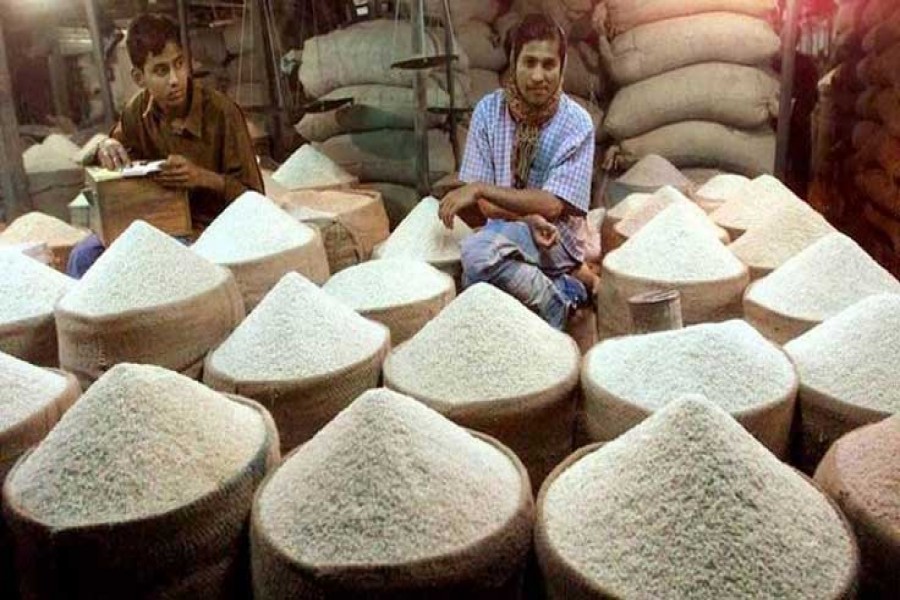The ministry of food owes the people an explanation as to why the prices of rice, their main daily consumption item, are going up despite a substantial cut in the import duty on it. The soaring prices of the food item eased marginally for a while when large consignments of rice imported by the private traders started pouring in about a month back. But prior to the Eid-ul-Azha, the price-trend took a reverse turn and started going up. The situation is not anyway different during the post-Eid days. But the price movements are not consistent with the measures taken by the government to contain an otherwise volatile domestic rice market. The duty on rice import has been reduced to only 0.2 per cent from the previous level of 28 per cent to encourage higher import of the item by the private sector.
Though somewhat belatedly, the government itself also plunged into action as far as the import of main cereal is concerned. The food ministry that was in deep slumber until the alarm bell rang has so far despatched a number of delegations to a number of Southeast Asian countries on a mission to procure a large quantity ---1.5 million tonnes---of rice. But reportedly, only 8.0 per cent of the targeted quantity could be imported during the last three months. The situation with the domestic rice procurement has been far more disappointing. The directorate of food has failed to procure Boro rice from the local market because of gross mismatch between the market price of rice and the ones fixed by it.
Though the seasonal rice procurement drive was designed to benefit the growers at the grassroots, the real benefit of the programme until recently used to be reaped by the millers and large rice traders, not the growers. But these beneficiaries this time decided against supplying paddy and rice to the government because the prices offered were not in commensurate with the ones prevailing in the market. So, because of its own folly, the ministry of food is finding it hard to replenish its food stock, unfortunately, in a rather comfortable international food price situation. However, the global market is going through a change lately, mainly because of a large import requirement by Bangladesh. A number of rice-exporting countries have already hiked their prices taking advantage of the situation.
However, the private sector traders are importing rice, mainly coarse varieties, in large quantities from neighbouring India. The private rice millers and traders, it is estimated, have combined food stock of around 10 million tonnes. The quantity should have been enough to end market volatility. But the problem, as the current situation suggests, lies with the government food stock. A precariously low food stock with the government silos does encourage the private rice traders to become unduly profit-hungry. Moreover, a free-for-all situation is apparently prevailing in the domestic rice market. The gap between prices of rice at the wholesale and retail markets is unusually large. This needs to be looked into by the relevant government agencies. Domestic food production stands to suffer from two consecutive floods this year. The ongoing rice-price trend, unless reversed, could cause enough of sufferings to the poor and low-income people.


